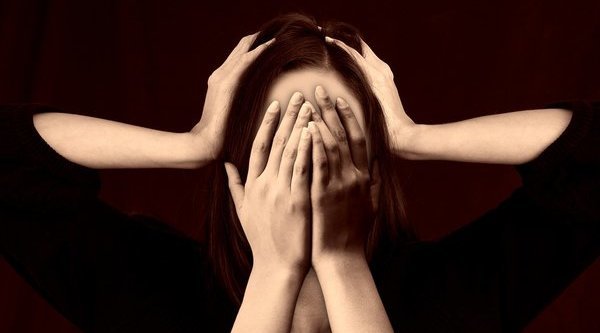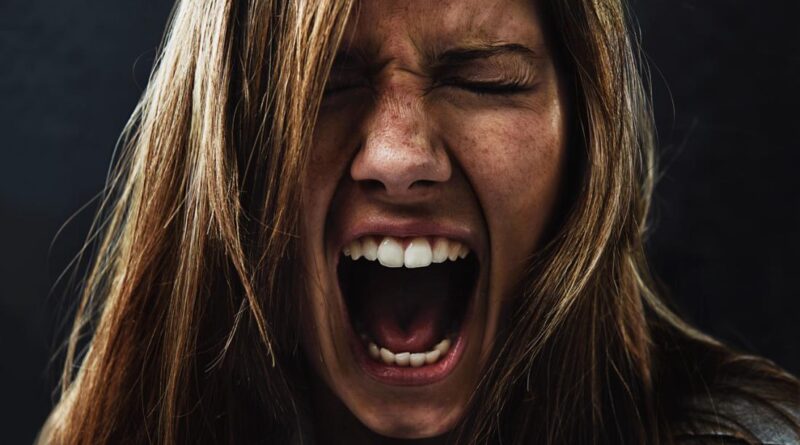Understanding Phobia: Definitions, Types, and Symptoms
Phobia is an excessive and irrational fear that can affect various aspects of life, from daily routines to social relationships and mental well-being. This article explores the causes, symptoms, and general treatment for phobia, a condition commonly encountered in everyday life.
What Is Phobia?
Harvard Health states that phobia refers to an excessive and unrealistic fear of something, such as objects, people, animals, activities, or situations. Individuals experiencing phobias go to great lengths to avoid triggering situations or objects, often experiencing high levels of anxiety and stress when exposed to them.
Some phobias are highly specific, like arachnophobia (fear of spiders) or ailurophobia (fear of cats), compelling those affected to take extreme measures to avoid their triggers.
Phobias can impact various aspects of life, causing individuals to fear heights (acrophobia) or confined spaces (claustrophobia), sometimes leading to significant lifestyle changes, affecting jobs, residences, and social activities in extreme cases.
Types of Phobias
There are at least three main types of phobias, each with its unique characteristics:
Specific Phobia (Simple Phobia): Specific phobias entail an extreme fear of something usually considered harmless. This common form of phobia involves fearing specific objects, animals (e.g., dogs, cats, spiders, snakes), or even situations like flying, riding trains, or being in confined spaces. These conditions often have a genetic or familial basis.
Social Phobia: Individuals with social anxiety disorder (social phobia) fear social situations that may lead to humiliation or embarrassment. They worry about interactions with strangers, including speaking in public or eating in public places. Genetic factors and childhood social experiences can contribute to the development of this disorder.
Agoraphobia: Agoraphobia involves a fear of being in public places where escape may be challenging. This can lead to avoidance of social events or public transportation. Many individuals with agoraphobia also experience panic attacks, which manifest as physical symptoms like trembling, rapid heart rate, and sweating.

Common Symptoms of Phobias
- An overwhelming, excessive fear of specific objects, activities, or situations.
- The fear experienced is often disproportionate to the actual level of threat.
- Individuals tend to avoid their phobia triggers to prevent anxiety and embarrassment.
- Phobias often cause physical symptoms, such as trembling, rapid heartbeat, sweating, shortness of breath, dizziness, and nausea.
Who Can Develop Phobias?
Phobias can affect anyone, including children, teenagers, and adults, with an estimated 19 million people in the United States experiencing them. While phobias may emerge in early childhood, symptoms typically become noticeable between the ages of 15 and 20. Both males and females can develop phobias, but more men seek treatment for the condition.
Diagnosis
A mental health professional will likely inquire about your current symptoms and family history, particularly if other family members have experienced phobias. It’s crucial to disclose any experiences or traumas that could have triggered your phobia, such as a dog attack leading to a fear of dogs.
Additionally, discuss your reactions when facing fearful situations, including thoughts, emotions, and physical symptoms that arise, as well as how you avoid these situations. Describe how your phobia affects your daily life, including work and personal relationships.
Doctors may also inquire about depression and substance use since these issues are often linked to individuals with phobias.
For children, specific phobias often resolve within a few months. However, around 80% of new phobias in adults develop into long-term problems requiring treatment.
Prevention
As of now, there is no surefire way to prevent phobias from developing. However, early treatment can mitigate the negative effects of the disorder.
Treatment for Phobias
Treatment typically involves a combination of psychotherapy and medication, depending on the type of phobia:
Specific Phobias: Specific phobias can be addressed through cognitive-behavioral therapy (CBT), primarily using techniques like desensitization therapy or exposure therapy. These involve gradually exposing individuals to their fear triggers while employing relaxation techniques, controlled breathing, or anxiety reduction strategies.
Social Phobia: Social phobia, or social anxiety disorder, often revolves around specific situations like public speaking. Therapy may focus on desensitizing patients to these situations and helping them develop social skills and confidence.
Agoraphobia: Agoraphobia is typically treated through CBT and exposure therapy. Medication can also be prescribed to alleviate anxiety symptoms.
Conclusion
In conclusion, phobias are common and can significantly impact an individual’s life. However, with proper diagnosis and treatment, many people can effectively manage and overcome their phobias, leading to improved mental well-being and overall quality of life.
